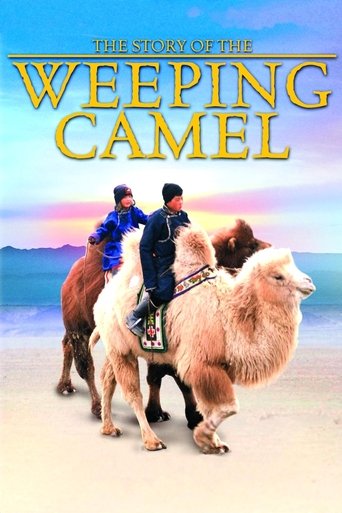
29 Jun 2003

The Story of the Weeping Camel
When a Mongolian nomadic family's newest camel colt is rejected by its mother, a musician is needed for a ritual to change her mind.
Director Erich Langjahr follows several of the last remaining shepherds in Switzerland, on the cusp of the third millennium. How does one of the oldest human means of subsistence survive into the modern age? At an unhurried pace, he captures the shepherd, his sheep, his dogs and his mules as they trudge across snow-covered fields, climb mountain passes and cross highways. The sheep have to be cared for all year round and the life of a shepherd is physically demanding. Shepherds stay outdoors, or in small huts and caravans – often in places inaccessible by car. During their long periods away from home, their families expand and their children grow up. But they wouldn’t have it any other way; being a shepherd is a very conscious life choice. One of them puts it like this: “I just can’t sit still. As long as my health allows me I’ll always be on the go. No matter where in the world, I’d like to be on the go forever.”

29 Jun 2003

When a Mongolian nomadic family's newest camel colt is rejected by its mother, a musician is needed for a ritual to change her mind.
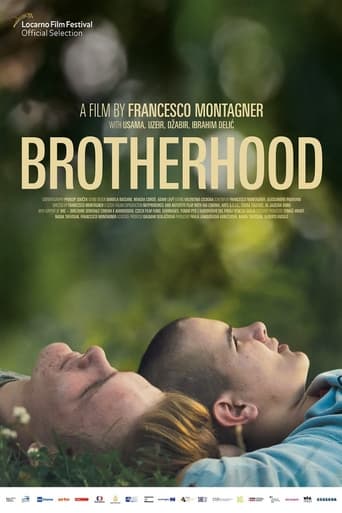
07 Apr 2022

Jabir, Usama and Uzeir are three young brothers in a Sunni family of shepherds. Since childhood, their father Ibrahim has rigidly trained them in the principles of the Quran and has filled their minds with stories of the Bosnian War.
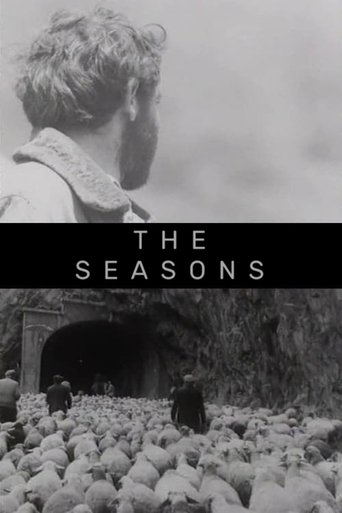
01 Jan 1975

The last collaboration of Artavazd Peleshian and cinematographer Mikhail Vartanov is a film-essay about Armenia's shepherds, about the contradiction and the harmony between man and nature, scored to Vivaldi's Four Seasons.
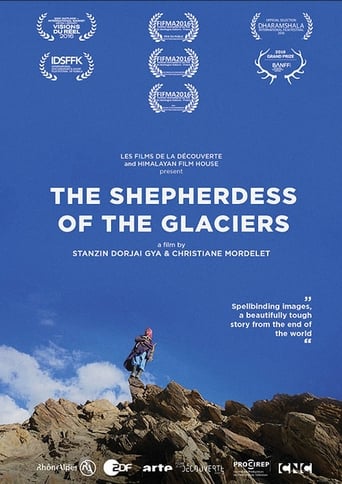
30 Aug 2016

She is one of the last shepherdesses who still lives with her flock in the heights of the Gya-Miru valley in Ladakh. At the age of 50, Tsering is the youngest in her village to drive her 350 goats and sheep at the expense of transhumance in this region of the Himalayas, located between 4000 and 6000 meters above sea level. A harsh and precarious life, often solitary, mishandled by difficult climatic conditions and a sometimes hostile nature, which does not prevent this tiny bit of woman to sing, laugh and ... philosophize.
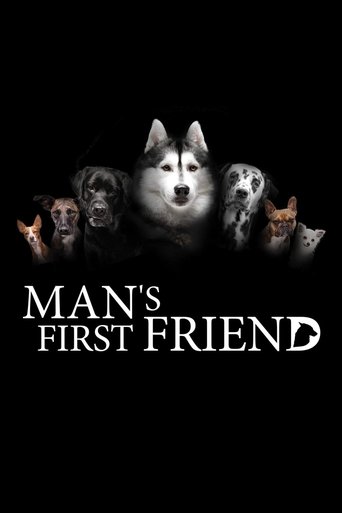
01 Jan 2018

He has shared our lives for 20,000 years. Along the way, he has helped us find food, kept our livestock, protected us from our enemies, guided us in extreme conditions, and saved us from peril. Now, he comforts us, relieving loneliness and helping us cope with old age. How did dogs come about?
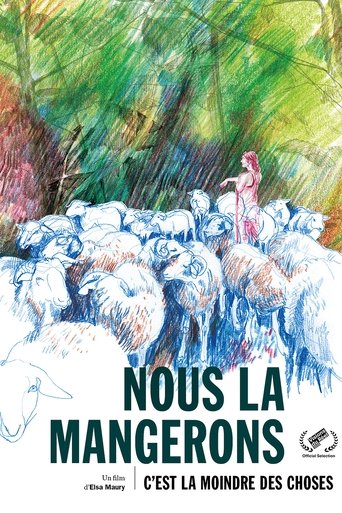
17 Apr 2020

In 2016, videos showing the slaughter conditions of farm animals shocked the public opinion, who quickly forgot about them. With complicit gaze, Elsa Maury films a young shepherd’s relationship of co-dependence with her flock of ewes, which she must learn to slaughter under the best possible conditions.
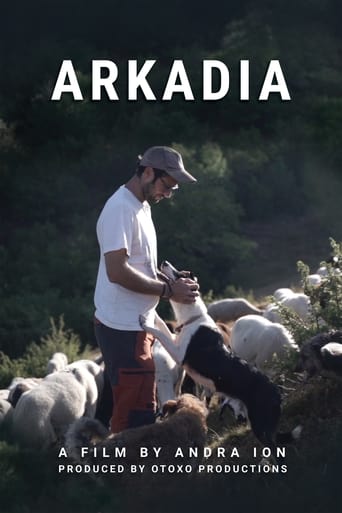

In a world where farming is mechanized and farm animals are fed with products coming from across the globe, a young shepherd is trying to keep his practice sustainable by using ancestral ways to raise his flock.
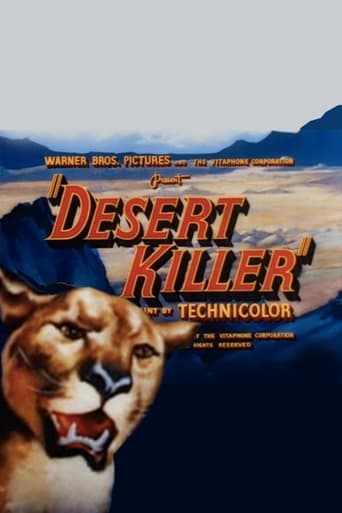
27 Jun 1953

Desert Killer is a 1952 short film directed by Larry Lansburgh about a hunter tracking a sheep-killing mountain lion. The film was nominated for an Oscar for Best Short Subject, One-Reel.
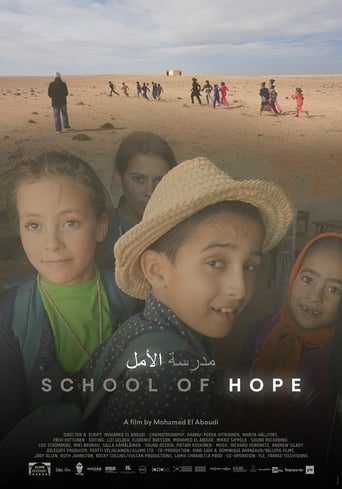
31 Dec 2020

In the vast expanse of desert East of Atlas Mountains in Morocco, seasonal rain and snow once supported livestock, but now the drought seems to never end. Hardly a blade of grass can be seen, and families travel miles on foot to get water from a muddy hole in the ground. Yet the children willingly ride donkeys and bicycles or walk for miles across rocks to a "school of hope" built of clay. Following both the students and the teachers in the Oulad Boukais Tribe's community school for over three years, SCHOOL OF HOPE shows students Mohamed, Miloud, Fatima, and their classmates, responding with childish glee to the school's altruistic young teacher, Mohamed. Each child faces individual obstacles - supporting their aging parents; avoiding restrictions from relatives based on traditional gender roles - while their young teacher makes do in a house with no electricity or water.
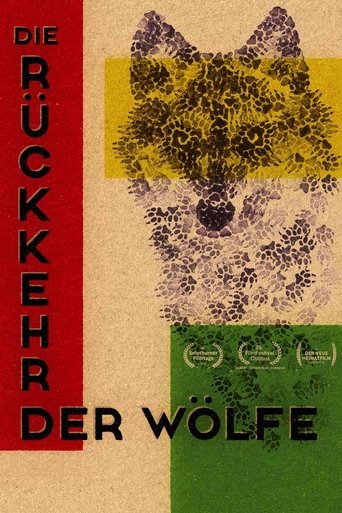
07 Nov 2019

Wolves divide and fascinate us. 150 years after they were driven to extinction in Central Europe, they are returning slowly but inexorably. Are they dangerous to humans? Is it possible to coexist? Using Switzerland as a point of departure, where wolves have returned in the very recent past, this documentary sheds light on the wolf situation in Austria, eastern Germany, Poland, Bulgaria, and even Minnesota, where freely roaming packs of wolves are more common sight.
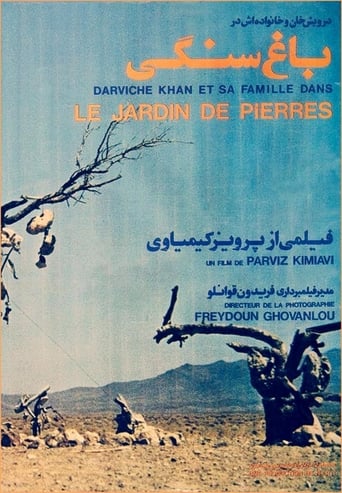
01 Apr 1976

Secrets and mysteries lose power when they are spread too widely. This is what the villagers discover when they invade an old man's vision-inspired shrine to the namelessly holy.
26 Jul 2024
Orla Barry is a hard-working, lipstick-wearing sheep farmer in rural Wexford. She is also a visual artist, renowned for her video and sound art. She strides confidently from art seminars to the Tullamore Show, lambing in April and shearing in June, working tirelessly to make a living from eco-farming in the face of global demand for faster, cheaper meats and wools. But while tied to the demands of the ovine calendar she must make time to let her creativity flow.
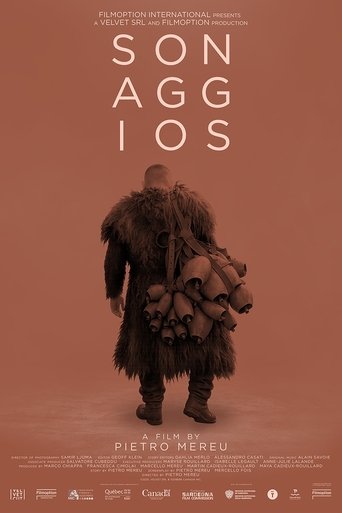
27 Apr 2025

In the Sardinian town of Tonara, where the ancient art of crafting cowbells teeters on the edge of extinction, a family battles to preserve their heritage, passing down skills to a new generation while grappling with personal struggles and the pull of modernity. English subtitles.

28 Oct 1981

In 1980, Jack Shae and Allen Moore, two ethnographic filmmakers from Harvard University, moved their families to the island of Berneray in the Outer Hebrides. Over the course of 18 months they documented the everyday lives and struggles of the crofters they lived among, whom were even then a vanishing breed. The film is in English and Gaelic. This carefully observed documentary by filmmakers Jack Shae and Allen Moore is a poetic ethnographic film in the style of their mentor, Robert Gardner (“Dead Birds”). It follows the rhythm of life on a wind-swept island in the Outer Hebrides through the four seasons and in the filmmakers’ observation of the day-to-day struggles of a vanishing society we see the deep-time legacy of their kind. The film is in English and Gaelic.
10 Jun 1987
This film follows the lives over one year, shot during three intervals, of two Basque shepherding families who live in Santazi, a village in the foothills of the French Pyrenees. The film is the only Disappearing World film made in western Europe and it focuses on the continuity and change in the community. This film shows the rationality behind the choice the villagers are making.
01 Jan 1997
Suspense and romance between Jewish and Druze ranchers in the Golan Heights.
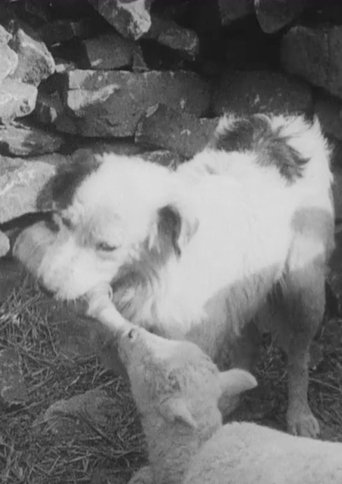
01 Jan 1939

Tom Jones, a shepherd who lived in one of the Ystradfechan Cottages at Old Farm, Treorchy, was employed by the Ocean Coal Company who owned the land above ground and coal (the Park and the Dare Collieries) beneath. A farrier who lived in the adjoining cottage tended to all the Park and Dare pit ponies. Tom Jones was known world-wide as the “Wonder Shepherd” for his remarkable skills as an animal trainer which, together with his concern for his flock, are recorded here.
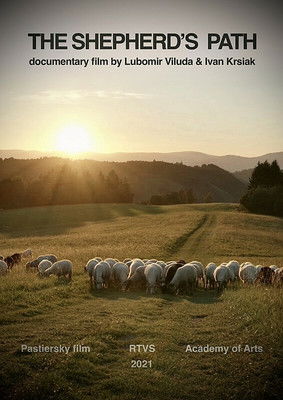
05 Apr 2021

No overview found
“The shepherdess” is a short ethnographic film inspired by Joyce, an 80 year old woman who has spent her whole life farming in Eastern Ontario. While this film is largely centred on Joyce’s narrative about her life, it is also about Joyce’s flock of about 20 Suffolk ewes, the filmmaker, and the relationships between these actors.
01 Jan 1943
Short film about shepherds in the Puszta